US Education in crisis mode
The US education sector was already in crisis mode long before the pandemic, on top of the traditional issues, such as high college debt, it's also facing new ones such as pandemic shutdowns and growing controversies over curriculum, masks and vaccines.
Therefore, it should come as no surprise that in the 2020-2021 academic year international student enrollment at US universities fell by an incredible 15%.
Now the status of education in general is reportedly deteriorating making certain activists and politicians wonder what needs to be done. But despite all efforts by certain progressive lawmakers, high student loans just keep adding to the burden of those seeking knowledge in American universities.
Dr. Jameson Brewer is Assistant Professor of Social Foundations of Education at the University of North Georgia with expertise in education policy, surrounding issues of public schools, the privatization of schools and issues of equity and justice.
What is your take on the expenses of education in a ‘developed’ country such as America?
In thinking about what it takes, in terms of financial cost to educate, it is something that I think every country should consider.
In fact, consider the ability to increase because whatever it is that we spend in education is a direct investment, not just into our current children and our societies and countries, but it's a direct investment in the future.
I do think that there are some ways that the United States can think through how to more adequately and equitably fund education across different districts that tend to still remain segregated based on race and class lines.
Dr Jameson Brewer, Assistant Professor, Social Foundations of Education, University of North Georgia
The US education system used to be held in high esteem. But today there is ample evidence to suggest that American schools perform worse than schools in many other countries.
The US comes near the bottom of the industrialized nations ranking on international tests of academic achievement in the sciences and mathematics, such as the SAT.
Personally, I think that there could be conversations about reducing some of the administrative bloat that has grown over the past couple of decades.
But then again, the money that we spend here in the United States on education should be understood as a direct investment. Not just in our current children, but who those children will become in future society as adults.
Dr Jameson Brewer, Assistant Professor, Social Foundations of Education, University of North Georgia
Meanwhile, the country consumes more resources than any other school system in the developed world.
An increasing number of American schools have declined in quality or have been bested by school systems in other countries.
With politicians mostly remaining ignorant of the issue, American schools are less efficient than those of many other countries.
Education low priority for US establishment
Garland Nixon is a radio talk show host and political analyst, an outspoken civil libertarian and First Amendment advocate, currently serving on the National Board of Directors for the American Civil Liberties Union, ACLU.
As you know, education in the US remains quite expensive, unlike many other countries, what do you consider to be contributing factors to such a state of affairs?
I think the principal reason is because the federal government does not prioritize education.
If you look at our budget as an example, In 2020, the military budget was about $730 billion. The education budget was about 11% of that is $74 billion.
So the big problem, I think, is that the United States doesn't spend the money necessary to upgrade our educational facilities, to provide,... the simple day to day needs in the classroom, oftentimes, aren't met for the students and teachers.
So the number one problem with our educational system is that it's such a low priority. The United States doesn't look at the long term and it seems to be almost, you know, problematic to ask the United States to add money to the educational system.
In fact, when you talk about it in the mainstream media, what we often hear is "Well, you can't just throw money in".
Garland Nixon, Political Analyst, Washington DC
The US education system is marred by a series of serious issues, some of which surface in daily news every now and again.
The United States is a country that is leading the world in various sectors, such as the military and economic development.
US education used to be free
But when it comes to education, Washington lags behind its peers, both in policymaking and the premises of free education.
Most of the money that comes in the system or into the school system, rather than coming from the federal government It comes from the locality, from the city or town or county that the schools are placed in.
And so if you live in a county that's very wealthy, there's a lot of tax money, those schools are very well subsidized. But if you live in an area that's poor, there's not as much money and those schools don't have as much, they don't have the resources.
So we end up with a natural equality from the system and natural economic equality. Now from the issue of racial equality that exists because again, people who don't understand the history of America don't know that when America, up until quite recently, was an apartheid system.
The way that schools worked were the white schools got the new books, the new chairs, everything new. Once they had worn them out and they were, you know, the pages were torn out of the books and the desks were broken up, they then sent it into the black schools and the black schools got everything secondhand.
Garland Nixon, Political Analyst, Washington DC
A large number of students in the country face daily struggles, many of which emanate simply from bad policies and, of course, corruption by power hungry politicians.
As a result the quality of education is decreasing in the United States of America while an increasing number of students prefer studying in other developed countries, mostly in Europe.
How does the US student loan system work and how does it make the students indebted for years after graduation?
Up until the mid 1980s, the federal government to some extent, but mostly the state governments, heavily subsidized the cost of attending college.
And so, while the students prior to the 1980s who attended university did have to pay portions of tuition and housing and food, those costs were very significantly lower than what they are today.
With the 1980s and the rise of neoliberalism and the reimagining of higher education as an individualistic commodity, as opposed to seeing it as an investment for the public or the common good, the cost of higher education has almost fully been shifted to the individual student.
Dr Jameson Brewer, Assistant Professor, Social Foundations of Education, University of North Georgia
US education marred by endemic racism
More than 60 years after the lawsuit Brown versus Board of Education, which supposedly made establishing racial segregation in state schools unconstitutional, US education is still marred by racism and remains unequal.
As the percentage of students of color grows, inequality in the education sector could shift further in favour of the white minority.
Bullying in schools has always existed, certainly with the rise of social media and the internet, but it feels magnified, in a lot of ways it is, right we get the sort of creation of cyber bullying and it makes it very difficult for a student who is experiencing bullying at school for them to be connected to their peers through social media 24/7 extends that experience back to the home or for the student outside of school.
The only way to address bullying and the only way to address racial slurs or racial or race based bullying is to have conversations with students, with parents, with communities, and engage in Diversity Learning for all of our members of society.
Dr Jameson Brewer, Assistant Professor, Social Foundations of Education, University of North Georgia
Education in the US is tough due to all these problems, but it is indeed tougher for African Americans, Hispanics, Muslims, etc.
What do you think could be done about bullying and racial slurs in the US education system?
Well, you know, the United States is again, a lot of that started with the integration of schools who you had of course, you know, black students in an entirely separate school system from the white students.
When those two were brought together there was certainly no shortage of problems as a result of that. Now, I think what we're looking at is a reflection of the problems in our society.
So what we see in school with the issues of bullying, what we see in schools with the issue of racism and discrimination and things of that nature, are a reflection of what's going on in the cultural disintegration of American society.
And I think the cultural disintegration is brought about by the economic inequality, by the unfortunate use of race and sex and gender and things of those nature [sic].
Garland Nixon, Political Analyst, Washington DC
Not much has been done to tackle issues related to education within the past decade. Sometimes politicians in power themselves complain about it, but to no avail.
Take former President Barack Obama and his wife, or current Congresswoman Alexandria Ocasio Cortez, enumerating hurdles they faced to pay off student debts:
… and we're here, Bronx Boogie Down caucus checking in, your caucus checking in, student loan cancellation caucus checking in, because this is getting ridiculous. This is ridiculous.
Alexandria Ocasio Cortez (D), Member of Congress
Tenth of US congress still have outstanding student loans
Today some 10% of all members of Congress have outstanding student debts, either personally or for a family member.
It is important to note that these are some of the most successful men and women in America, which puts the situation for the common man in perspective.
What does the decline in the number of international students at US universities and colleges mean for the country's education system?
I think that international students provide a great addition to the diversity that we have on our university campuses.
Certainly, with the rise of the COVID pandemic, we have seen a big decrease or a large decrease in the number of international students.
And to be perfectly honest, I think that the majority of that is specifically in response to COVID and to travel restrictions.
I fully anticipate that once we begin to move past COVID that [Sic.] we will see international student populations begin to move back towards what they were prior to the pandemic.
Dr Jameson Brewer, Assistant Professor, Social Foundations of Education, University of North Georgia
The plight of Muslim students in the US is even harsher, particularly for women with the hijab.
They are often subjected to various forms of harassment in public, involved in cases in which the assaulter tries to remove their hijab, which makes observing the religious dress code a daily challenge for female Muslims in American schools.
The last day of my eighth grade year I was just going home and then this boy, I think he was a year younger than me, he pulled off my hijab.
And at the time, I was wearing a longer one so it was more easy to pull off from the back. And then I also had a pin underneath to hold it in place. And then that kind of came loose.
So, at the time, I was trying to think of five different things at one time, trying to get the pin to not stab me in the neck and then turn around to see who this kid is.
Black Muslim American Schoolgirl
Muslim students frequently get slurs from racists, calling them terrorists, racial profiling and harassment of Muslim students is part of the broader issue of Islamophobia in America, a phenomenon that has been on the rise recently with white nationalists and other anti Muslim groups unashamedly speaking out about their sentiments.
You know what we're looking at is something that is reflecting the United States culture and that is that our students, they turn on the television and they see the US' aggressive policies towards the Muslim countries.
They see what the US is doing in the Middle East, a total disregard for human life, a total disregard for human culture, an attempt to portray Muslim, the Muslim society as vicious and violent and you know, as just mad men, as the United States takes the lives of hundreds of thousands of innocent men, women and children in the Muslim world.
So again, I think that the children of our society are seeing what their government is doing, and you know, regardless of what they're told.
Garland Nixon, Political Analyst, Washington DC
Inequity in the US education system did not only harm children, but cast its shadow on the lives of people until they are 40 or 50; studying in the US basically means being indebted to the government forever. Unfair student loans make paying them off a challenge for many years after graduation.
There are currently some 45 million borrowers, or more than $1.5 trillion in student loans in America. The exorbitant amounts of borrowed money and interest students have to pay back makes education a financial burden, which, for many, continues until they are middle aged, which equates to people stuck in debt for years after graduation.
Inequality only compounds this pressing issue in the American system of higher learning. How, in your opinion, has it affected education?
If we are to imagine schooling is providing an equal opportunity or a level playing field for students to actualize their potential and move into adulthood and having equal opportunities, we have to be very honest about the reality that we are not providing an equal opportunity for all students to have that education in the United States.
It does fall along class and racial lines here in the US, as I mentioned earlier, schools that serve dominantly white students receive an excessive amount of additional money each year than schools that serve non white students. And again, this is almost entirely because of the variation in property taxes.
Dr Jameson Brewer, Assistant Professor, Social Foundations of Education, University of North Georgia
There seems to be no end in sight for bad news about US education, although there are efforts underway to change that. From inequality to student loans to racism or bullying, the US faces a long list of issues impacting its education sector.
Thinking about what we spend on kindergarten through the 12th grade, we do spend quite a bit, but again, we should understand that as an investment and here in the United States, all students regardless of where they come from, regardless of their own developmental position, where they are relative to their current grade; we’ve made a commitment to educate every single child.
Dr Jameson Brewer, Assistant Professor, Social Foundations of Education, University of North Georgia
Sponsored by Muslim Congresswoman Ilhan Omar, Congresswoman Pramila Jayapal and Senator Bernie Sanders, the College for All Act aims to eliminate tuition and fees at all public four year colleges and universities, community colleges and trade schools.
That could ameliorate the situation for a lot of students. But can it go through the ranks of power and actually materialize?
VIDEO | Fighting British state
Pezeshkian calls recent riots in Iran part of ‘failed’ US-Israeli war
VIDEO | Iran unity nullifies sedition
UK ‘preemptively’ discharges pro-Palestine hunger strikers recovering in hospital
US dollar falls in Iran amid rising export currency supply
Trump’s ‘Board of Peace’ for Gaza an extension of Israeli occupation: Ex-UN rights chief
IMF expects Iran’s economy to grow by 1.1% in 2026
Over 9,350 Palestinians held in Israeli prisons as of early January: Rights groups


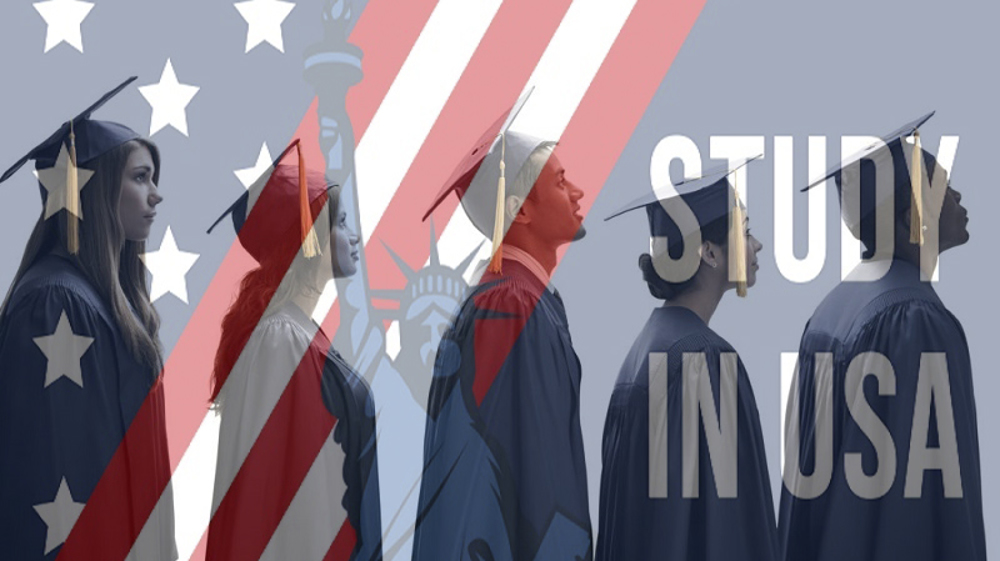
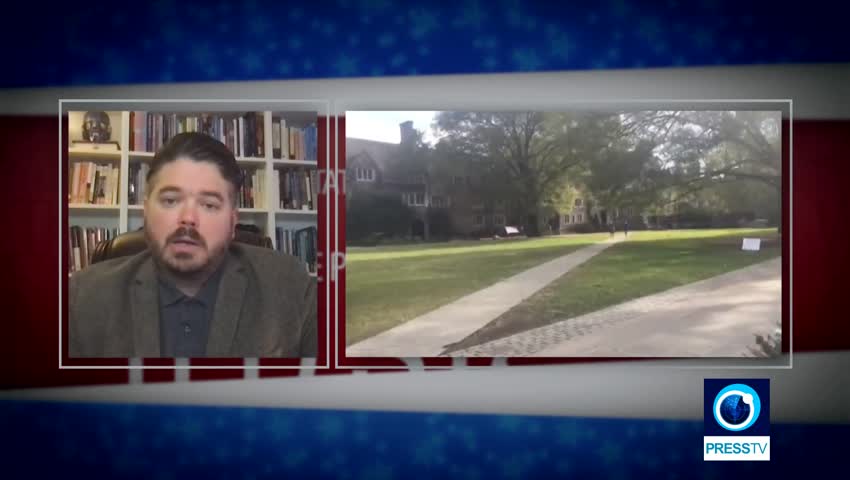
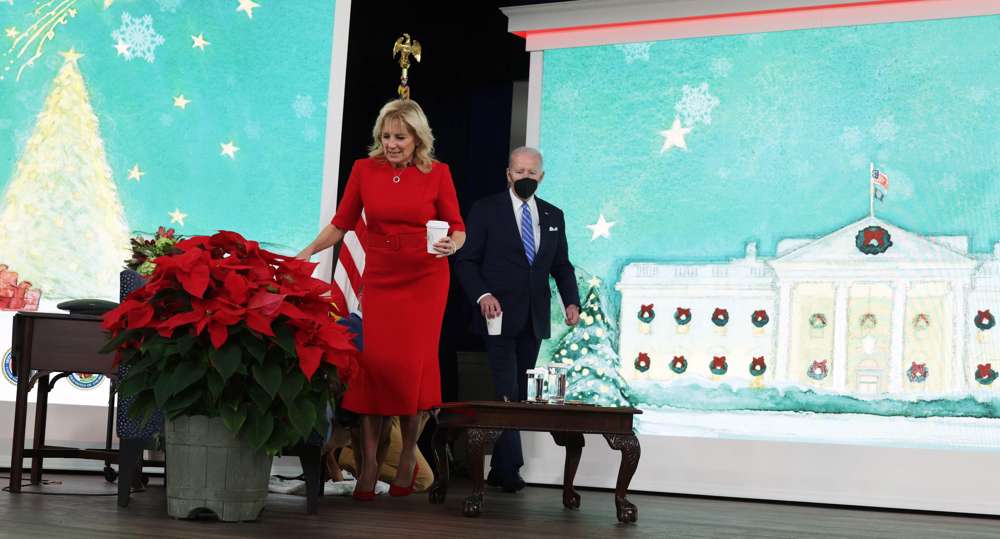


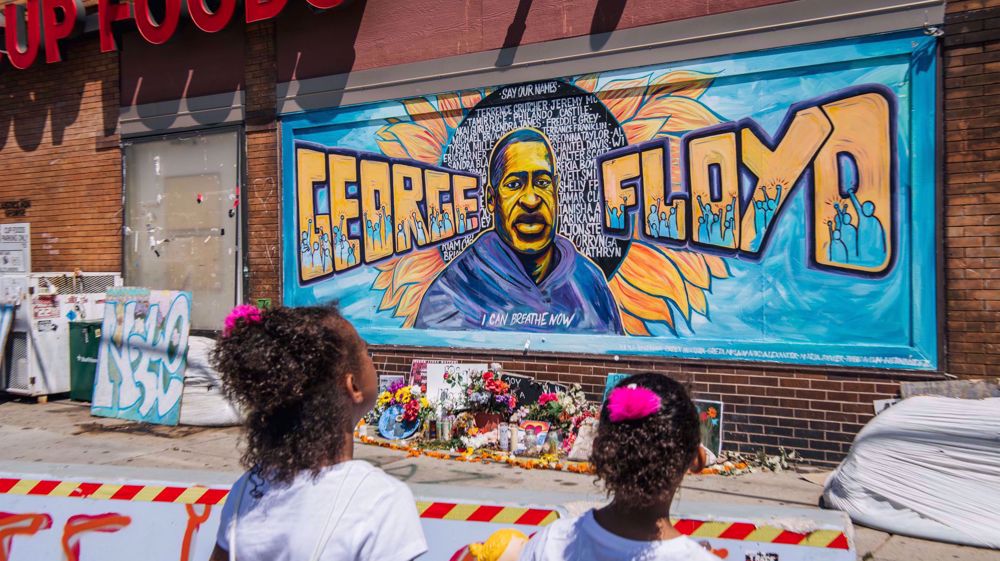



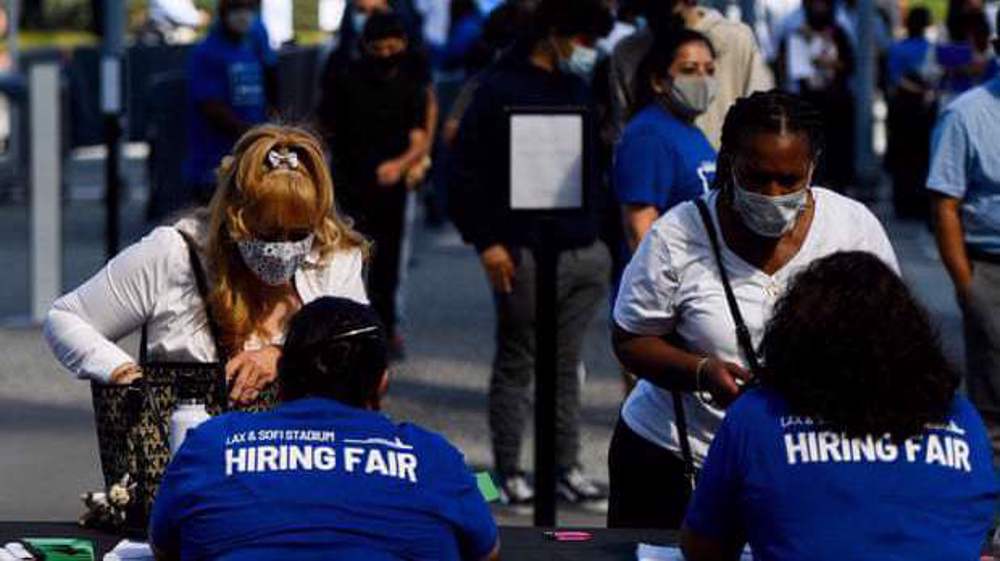
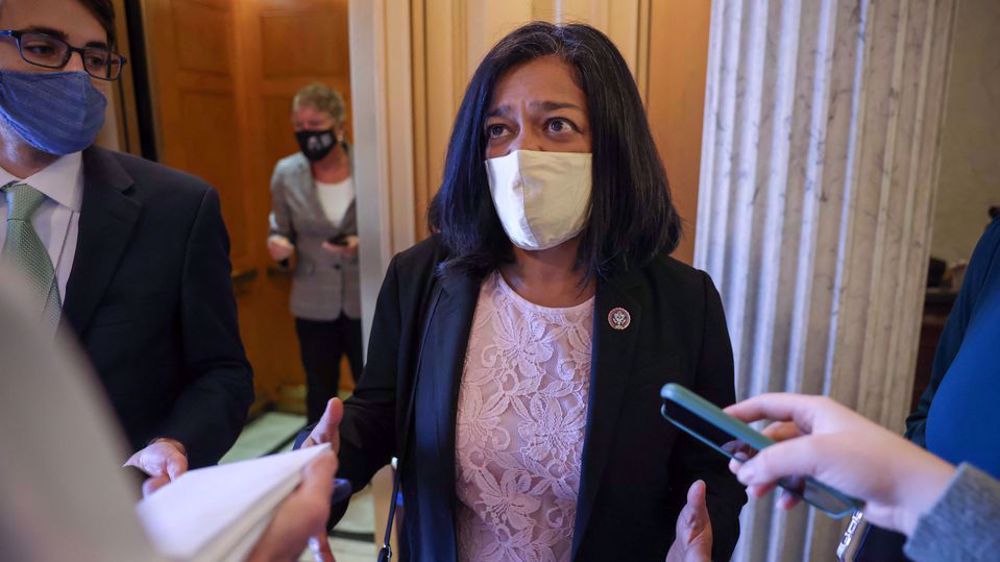
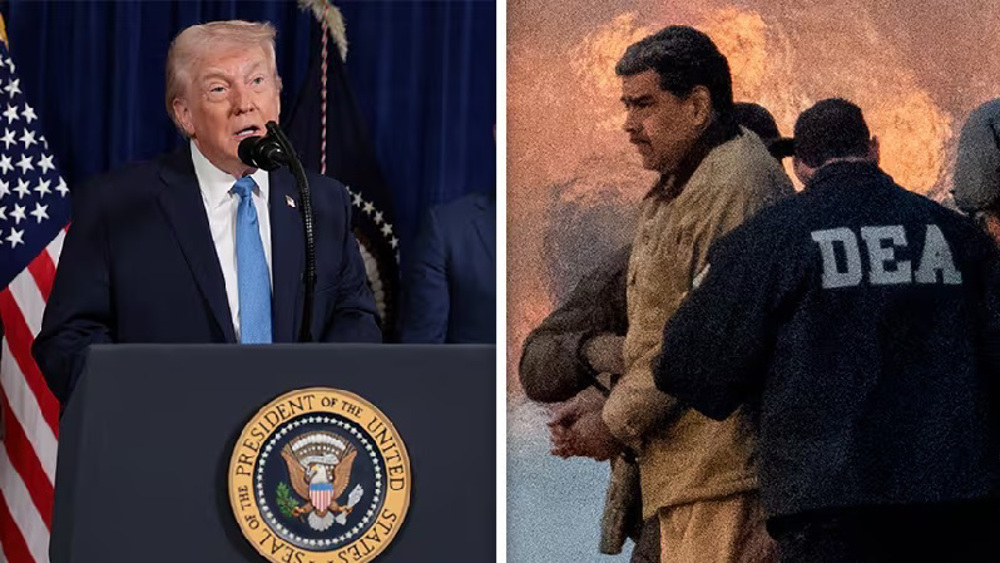

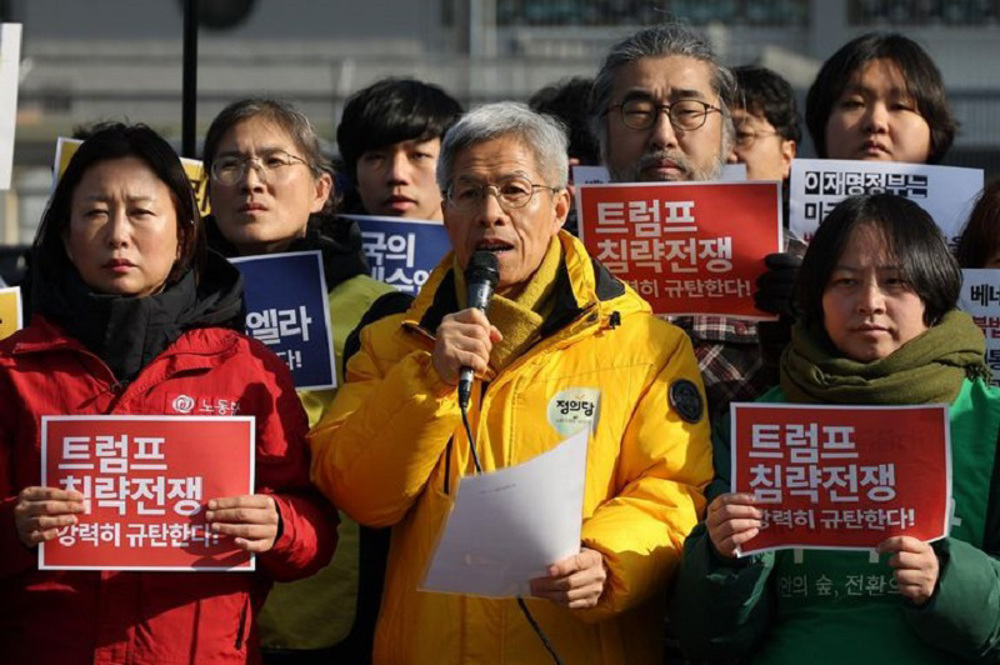




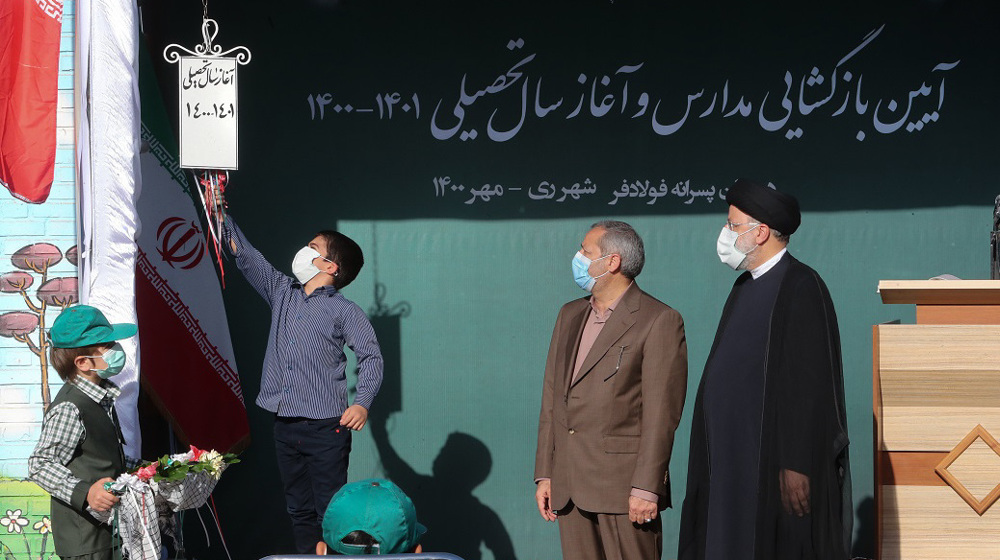


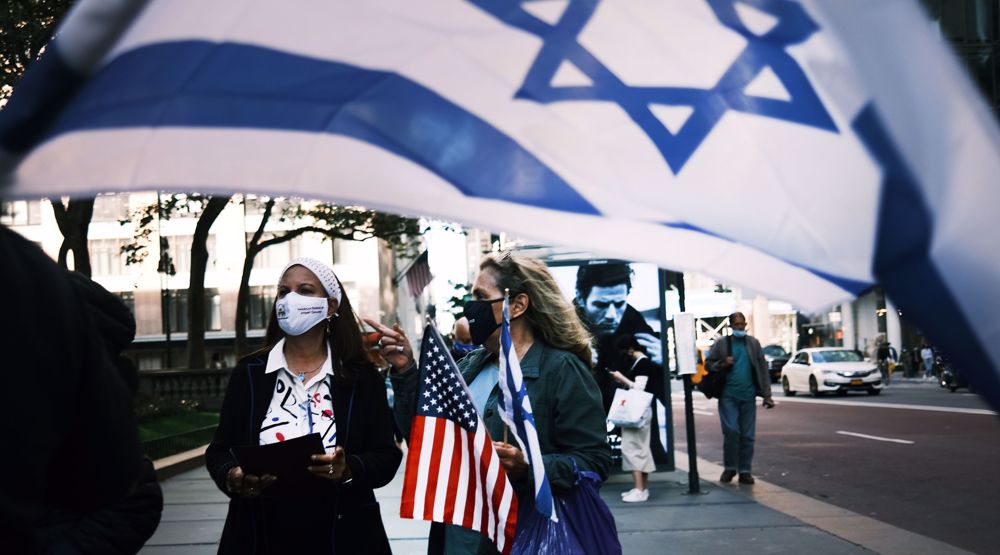
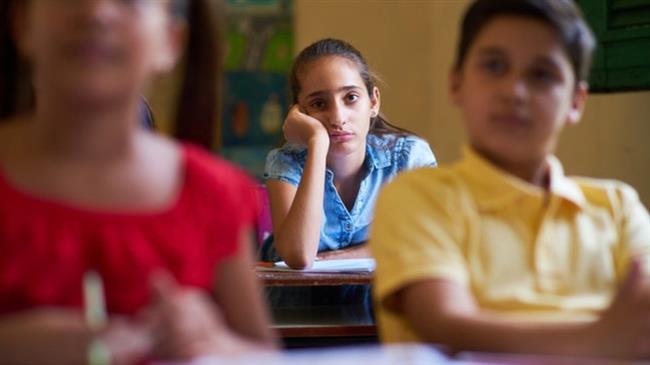
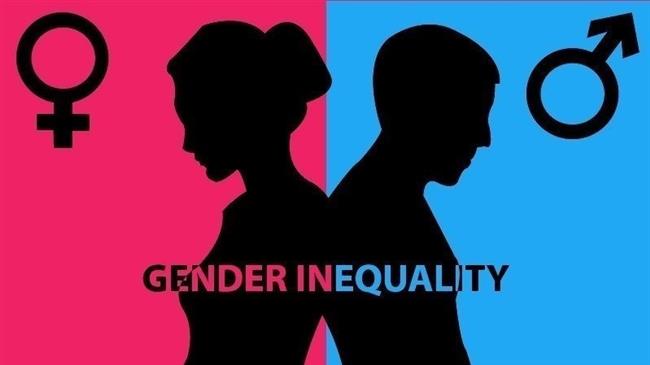



 This makes it easy to access the Press TV website
This makes it easy to access the Press TV website